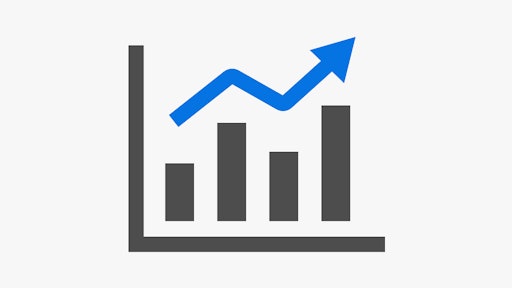
For subcontractors and distributors especially, managing price increases are part of doing business. While expected 3-5% annual increases from suppliers have generally been the norm recently, the COVID-19 pandemic and resulting supply-chain issues in 2021 have made this a critical time for any business buying and selling almost any type of material. While not all-inclusive, here are a few suggestions that may benefit your business.
Consult With Your Attorney
Subcontractors usually have a lot of active contracts with contractors and owners. If your business works on major projects, you’ve likely consulted with your legal team on complex language in very long contracts to ensure that there is an appropriate balance of risk and responsibilities among the parties involved, especially for you. Now is a great time to get the latest advice from legal experts on the changes in your industry and best practices for future contracts to put your business in the best position to limit risk and increase opportunity.
Review Standard Agreements for Pricing and Other Exception Clauses
Your active contracts may have language that, in certain circumstances, allow your business to charge more for material if prices increase, or in extreme events, allow you out of the contract altogether. In today’s volatile market, it is much more common to build in price escalation clauses since all parties know that material prices may go up and down significantly. Fixed price contracts may benefit the owner, but may burden contractors and subcontractors to the extent that they may have to default on the contract if prices rise well above what has been estimated. It is good practice to have clauses in your contracts that allow you to pass on any price increases given you provide documentation of the increase affecting the material being supplied.
Negotiate With Your Suppliers
Manufacturers and suppliers adjust prices as raw material supply and demand changes. Depending on your business, you may be able to lock in pricing for material for a certain period of time. If not, discuss other options with your suppliers to meet the needs of your customers. They need your business just like you need your customers’ business. Also consider alternate manufacturers and suppliers if the project will allow substitutions. In these unprecedented times, everything is negotiable to some extent. Ask.
Discuss The Current Market With Your Customers
Since everyone involved wants projects to run smoothly and be successful, educate your customers on the current supply-chain challenges and how that affects lead times and pricing. Come to agreement on when it’s best to move forward with the different phases of the project to meet the demands of the schedule. If some material is not available or has extended lead times, discuss alternates with your customer and inform them of all the options available.
Make Purchases Timely
Even in normal times, it is usually best to buy material as soon as possible as prices will increase annually. With stored material billing, distributors can ensure that the material is ready for the contractor and owner to keep the project on schedule while getting paid timely. Unless there is an extreme spike in prices of material at current and prices are expected to stabilize within your buying window, purchasing material well ahead of time can mitigate any future price increases for all parties involved. Make sure to check warranty terms and storage requirements to protect the material for long-term coverage and use after delivery and installation.
Due to the extreme volatility in the market, now is a particularly good time to review agreements and procedures to determine your exposure and limit future risk. Do lots of research and stay on top of the latest developments affecting your industry. While we all hope that the pandemic ends soon and supply-chain issues get resolved sooner than later, there will come another time when volatility will return. Take some time now to learn from your experience and be best prepared for the next event.




























